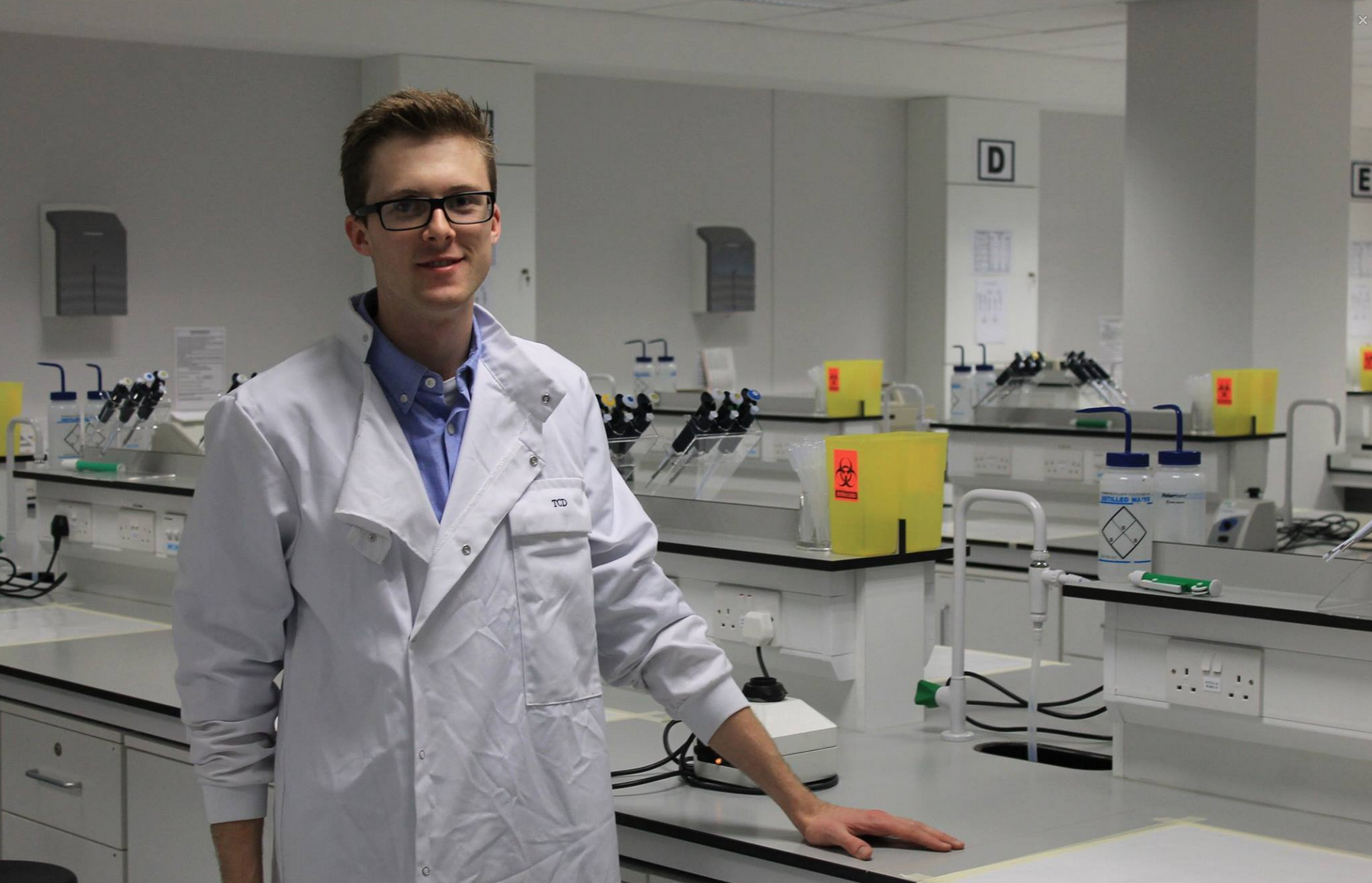
David’s appetite for medical research is in part a product of his part-time work at one of the busiest maternity hospitals in Europe, the National Maternity Hospital at Holles Street. The hospital provides a unique breeding ground for research as it is a major university teaching hospital, well-known for its continuous stream of research output, and has equipped David with invaluable insight into the workings of clinical science.
David – who was awarded the Irish Neonatology Research Award for best student research by the RCPI Faculty of Paediatrics in November 2014 – says his own research developed out of his work with the hospital’s researchers. “I got involved with Dr. Saima Aslam and Professor Eleanor Molloy and their research regarding infants with brain injury from birth who present with frequent seizures and neurological dysfunction as a result [of working there],” he says. “It was through my participation with this research team that I got involved in what developed into my own research.”
David’s initial interest in research was focused on the concept of gender differences in infants, particularly concerning the susceptibility of genders to certain diseases due to numerous differences in immunity between men and women. For instance, females have a lower rate of cardiovascular disease, a lower risk of infection, and generally better cancer outcomes. Such distinct patterns in immunity have persisted from the cradle to the grave, and the only thing that has separated men and women in this respect is that women have a higher rate of autoimmune disease in later life such as multiple sclerosis.
Although there is no complete understanding for these gender differences in disease manifestations, David underscores the importance of the X chromosome in these examples of gaps in immunity. “It has been noted that reproductive hormones, especially oestrogens, influence innate immunity greatly,” he says. “Certain immune genes are located on the X chromosome, and the female chromosomal makeup may in fact be immunologically superior compared to males. When a female infant is born, the second X chromosome may lead to higher amounts of immune proteins being produced in girls through genes avoiding a process known as X-chromosome inactivation. This has more important implications for infants rather than adults as when a baby is born they have substantial deficiencies in adaptive immunity and rely heavily on the innate system, which is more likely to be influenced by their genetic background.”
From these assumptions, David and his supervisors selected genes encoded on the X chromosome in order to examine the difference in immunity between genders. “We used umbilical cord blood samples from infants born by caesarean section and then isolated the genetic elements,” he says. “From the analysis of these genes, which in itself was a challenging prospect, we uncovered promising data for a gene known as IRAK1 in relation to promoting immunity for females.” The results provide partial evidence for differential gender outcomes in neonatal clinical profiles due to a higher expression of these genes in female infants.
David intends to examine the role of oestrogens to provide further research into the imbalance in gender immunity.
David acknowledges, however, that further investigation is required into such a prospect. Following research on the imbalance of gender immunity, the next problem would be how to equalise these chromosomes in order to promote better immunity in male infants. David believes the answer lies in therapeutically manipulating the hormonal system to promote immunity for male infants. “Prior to the premature birth of an infant, it is often the case that antenatal steroids are administered to promote lung function once the baby has been delivered,” he says. “Through the evidence we have now, it could be suggested to give higher doses to mothers carrying a male to help combat the deficiencies in the male immune activation at birth.”
David intends to now examine the role of oestrogens to provide further research into this imbalance in gender immunity: “It has been noted that in some cases, there are chronically poor immune outcomes for males who were born prematurely. The research group and I plan to investigate oestrogen and its role in gender differences and immunity at this extreme of life. The challenge of understanding the multi-factorial development of gender differences in infants involves interdisciplinary collaboration and future research into premature infants at both the bench and bedside hopes to improve outcomes for some of the most vulnerable in our society.”
While his work in the area of neonatal medicine has been recognised on a national level, David stresses the importance of assistance provided by his mentors in Trinity and from the outside medical community. “I’ve received an indispensable amount of help and support from Prof Eleanor Molloy, who holds the position of Professor of Paediatrics and Child Health here in Trinity,” he says. “I’ve also received guidance and support from Professor Catherine Greene and Chiara DeSanti, a PhD student, both at the Royal College of Surgeons, of which I am extremely grateful for.” David’s case is one among many areas of elective research being done in Trinity, and we can only hope that such progress in the sciences will continue to be associated with Trinity and Ireland for decades to come.
Photo: Luke Hally






